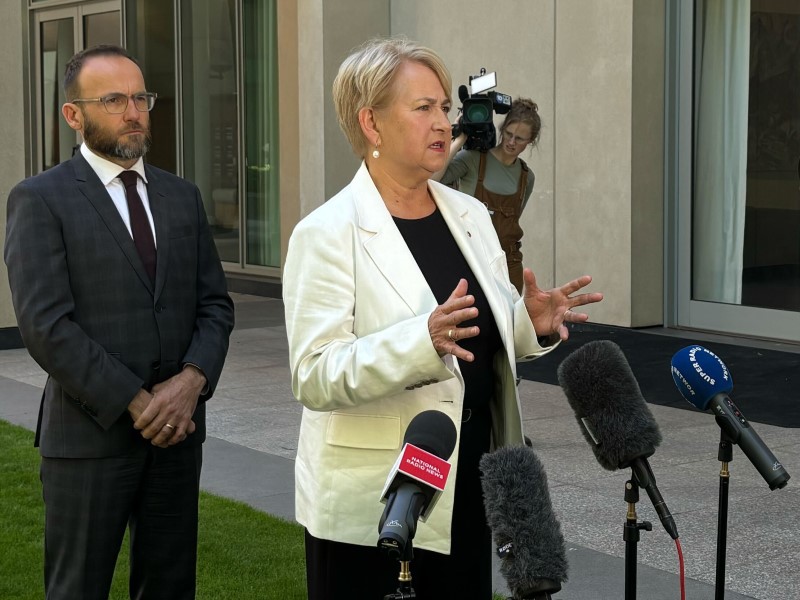EY’s contract to review Parliament’s expenses reporting system has followed the troubled software project in blowing out in cost and time, netting the consulting giant more than $400,000 and drawing more scrutiny from the Senate.
The consultants’ contract is also now around one-fifth of what a local software supplier claims it could have built the entire Parliamentary Expense Management System (PEMS) for, had bureaucrats not opted for a customised version of SAP.
PEMS, which is used to manage expenses and payroll services for parliamentarians, their staff and some government agencies, is currently slated to cost at least $84 million to develop and another $4 million a year to run.

The software project began in 2018 with an initial budget of $38 million that included $30 million in capital funding to replace an aging information management system.
PEMS remains unfinished six years later after struggling to develop a customised version of the German multinational’s software. The Senate was told late last month that more than a dozen functions are yet to be delivered.
The struggles have already kept the public reporting of parliamentarians’ expenses hidden from public scrutiny. This led to an audit of PEMS which found it suffered from a lack of user planning and scope definition that allowed a massive underestimation of what how bespoke the solution would need to be.
Under growing scrutiny, the Department of Finance called in EY in August last year to conduct an assurance review of PEMS and report back by February, awarding the firm almost $250,000 for the six month job.
The contract was extended by three months but topped up almost 62 per cent, with EY finishing at the end of May and pocketing $401,592.
“Cost blow outs and delivery delays seem to be a standard feature of contracts awarded to Big 4 consultants by government,” Greens Senator Barbara Pocock said.
“This situation provides more fodder for the comedy team at Utopia with a review by EY of the cost blow outs and delays of a major IT project being delayed after cost blow outs.”
Senator Pocock said questioned why a large consulting firm is even needed for this type of work, telling InnovationAus.com “this goes to the heart of public service capability”.
“For me, it’s a clear indication of the need for more public service jobs and skill development. You don’t have to be good at math to realise that generally, it costs more to outsource work to private contractors than to do it in-house. The Senate inquiry into consultants found that the large consulting firms often have a 50-60 per cent profit margin.”
Senator Pocock, who has led scrutiny of consultants and outsourced tech work through the Senate said she is increasingly concerned about the capacity of the public service to manage ICT projects.
“So many of the outsourced contracts that we have seen, in particular the ones that have been varied to increase their value, are ICT projects. In some cases there is evidence that the commissioning departments lack the capacity to effectively manage these external projects and have even outsourced this project management role.”
When Finance officials appeared at Budget Estimates in May, they had only received a “draft report” from EY but said it contained no major red flags and a final version was expected within weeks.
But in answers to questions on notice published last month, officials indicated they still hadn’t provided the Senate with a copy of the report.

In response to the first report by The Canberra Times that the EY contract had blown out, Independent Senator David Pocock said “this feels like throwing good money after bad”.
“How can a 61 per cent increase in contract cost to one of the big four be justified,” he tweeted. “What a waste of taxpayer money on a terrible system. We need so much more accountability in how public money is spent.”
Local SAP rival TechnologyOne has been critical of the project and says the huge outlays appear difficult to justify, including the $4 million operating costs.
TechnologyOne government relations director David Forman told a Senate inquiry in May that the audit of PEMS raised doubts about whether the department had “lifted their eyes and looked at what the market alternatives were”.
“… We would have provided, and could still provide, an entire financial management system for half of the cost of just keeping that expense management system going… We were never approached and never asked whether we could provide that functionality. I don’t know how they made the choices, quite frankly. It is something that I personally am shocked by.”
Do you know more? Contact James Riley via Email.

